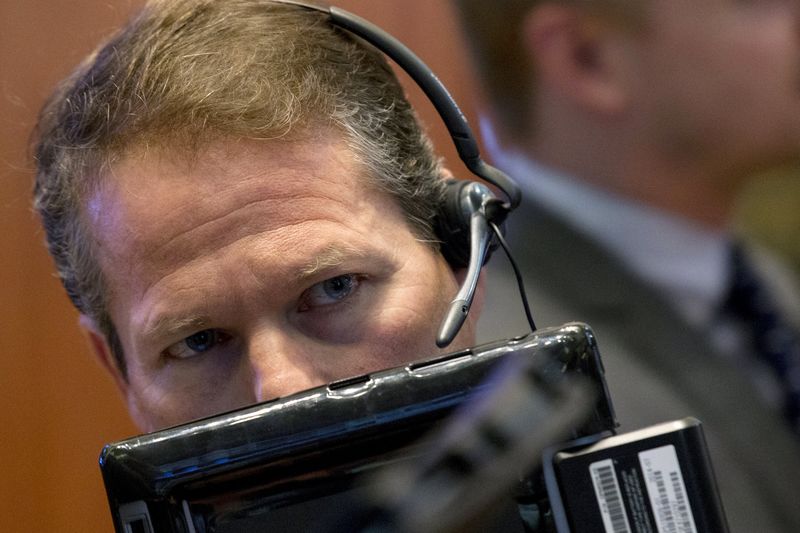The exclusion of nickel from Australia's expanded critical minerals list has raised concerns within the Australian nickel industry, at a critical time when the industry is grappling with weak prices and potential job risks.
The federal Department of Industry has signalled more challenges ahead, predicting continued downward pressure on nickel prices into 2024, largely due to oversupply from Indonesian miners.
Despite previous bullish investments by companies like IGO, Wyloo and POSCO, totaling more than $2 billion, the sector is now facing a downturn. The supply surge has significantly reduced prices, causing difficulties for miners such as Panoramic.
Luca Giacovazzi, the head of Andrew Forrest’s Wyloo Resources, is concerned that Indonesia now controls more than 50% of global nickel supply, creating a competitive disadvantage for Australian producers.
The exclusion of nickel from the critical list is seen as a missed opportunity, especially given its significance in the energy transition.
Financially, the impact is already being felt. First Quantum and POSCO’s Ravensthorpe mine reported a US$28 million loss and Wyloo’s Mincor business experienced substantial cash outflows.
The Australian Government's decision contrasts with approaches taken by the US and the European Commission. The US has included nickel in its critical minerals list, while the European Commission has identified nickel and copper as strategic raw materials.
The industry calls for governmental support to build a robust nickel sector in Australia, emphasising the necessity of leveraging Australia's status as an IRA-compliant producer of clean nickel.
Exclusion from the critical minerals list is seen not just as a setback for the nickel industry but also as a missed economic opportunity in developing nickel and copper projects, compared to other minerals like arsenic, selenium and molybdenum, which have been given critical status.
The nickel price on the London Metals Exchange prices is now at US$16,762 per tonne, a significant drop from more than US$30,000 in January. The Department of Industry forecasts no dramatic improvement, anticipating average prices of $US17,875 in 2024 and $US18,875 in 2025.
This outlook may influence BHP’s investment decisions in its WA nickel division, which is already under financial strain.
